Home>Gardening & Outdoor>Landscaping Ideas>When To Use Rye Grass Seed
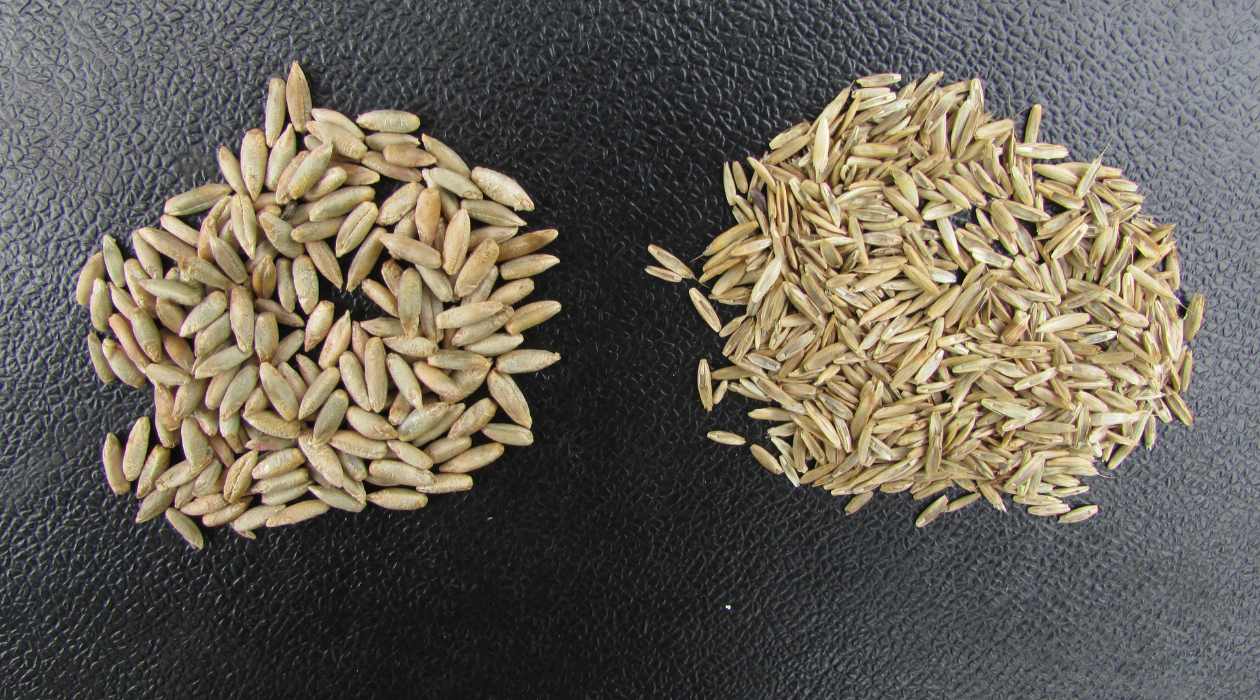

Landscaping Ideas
When To Use Rye Grass Seed
Modified: March 29, 2024
Discover the best landscaping ideas using rye grass seed for your lawn. Learn when and how to use rye grass seed to achieve a lush and beautiful landscape.
(Many of the links in this article redirect to a specific reviewed product. Your purchase of these products through affiliate links helps to generate commission for Storables.com, at no extra cost. Learn more)
**
Introduction
**
When it comes to creating a lush, vibrant lawn, choosing the right type of grass seed is crucial. Rye grass seed is a popular choice for many homeowners and landscapers due to its remarkable versatility and adaptability. Whether you're aiming to revitalize a tired lawn, prevent erosion, or establish a temporary cover for a construction site, rye grass seed could be the solution you've been seeking.
In this comprehensive guide, we'll delve into the world of rye grass seed, exploring its characteristics, benefits, and the best times to plant it. We'll also highlight scenarios where rye grass seed might not be the optimal choice. By the end of this article, you'll have a thorough understanding of when and how to use rye grass seed to achieve the lawn of your dreams. So, let's embark on this green journey and uncover the wonders of rye grass seed together.
Key Takeaways:
- Rye grass seed is perfect for quick lawn coverage, erosion control, and vibrant aesthetics. Plant in fall or early spring for best results.
- Consider alternative grass species for warm climates, long-term coverage, drought-prone areas, shade, or specialized landscaping needs. Choose wisely for a thriving lawn.
Read more: When To Plant Rye Grass
Understanding Rye Grass
Before delving into the best times to use rye grass seed, it’s essential to understand the grass itself. Rye grass, scientifically known as Lolium perenne, is a cool-season grass that boasts exceptional adaptability and resilience. It is commonly utilized for lawns, athletic fields, golf courses, and erosion control due to its rapid germination and establishment.
There are two primary types of rye grass: perennial and annual. Perennial rye grass is known for its fine texture, dark green color, and tolerance to heavy foot traffic, making it an ideal choice for high-traffic areas. On the other hand, annual rye grass is valued for its quick germination and temporary coverage, often used to overseed warm-season lawns or as a winter cover crop.
Rye grass is renowned for its ability to germinate quickly, creating a dense, lush turf in a relatively short period. Its adaptability to various soil types and climates makes it a favorable option for a wide range of landscaping and agricultural applications. Additionally, rye grass exhibits excellent tolerance to mowing, allowing for a well-manicured appearance without compromising its vigor.
Understanding the characteristics and growth habits of rye grass is pivotal in determining when and where to use its seed effectively. Its versatility and resilience make it a valuable asset in the pursuit of a vibrant, enduring lawn.
Benefits of Using Rye Grass Seed
Utilizing rye grass seed offers a myriad of benefits that cater to both aesthetic and practical landscaping needs. Whether you’re aiming to enhance the visual appeal of your lawn or address erosion concerns, rye grass seed can serve as a valuable ally in achieving your landscaping goals.
1. Rapid Germination and Establishment:
Rye grass seed is renowned for its rapid germination and establishment, allowing for quick coverage and erosion control. This characteristic makes it an ideal choice for areas that require immediate stabilization, such as construction sites or newly graded landscapes.
2. Lush, Dense Turf:
When properly nurtured, rye grass seed yields a lush, dense turf that enhances the overall aesthetics of a lawn. Its fine texture and vibrant green hue contribute to a visually appealing landscape, making it a popular choice for residential lawns and recreational areas.
3. Tolerance to Heavy Foot Traffic:
Perennial rye grass, in particular, exhibits remarkable tolerance to heavy foot traffic, making it an excellent option for areas frequented by children, pets, or outdoor gatherings. Its ability to withstand wear and tear without compromising its visual appeal makes it a top choice for high-traffic landscapes.
4. Erosion Control:
Rye grass seed plays a pivotal role in erosion control, especially on slopes and embankments where soil stabilization is essential. Its quick establishment and dense root system help prevent soil erosion, safeguarding the integrity of the landscape and minimizing the risk of sediment runoff.
5. Versatility in Overseeding:
Annual rye grass seed is often used for overseeding warm-season lawns, providing a temporary green cover during the cooler months. This practice not only maintains a visually appealing lawn throughout the year but also helps prevent soil erosion and weed infestation during the dormant season.
By harnessing the benefits of rye grass seed, landscapers and homeowners can create resilient, visually stunning landscapes while addressing practical concerns such as erosion and soil stabilization. The adaptability and aesthetic appeal of rye grass seed make it a valuable asset in the realm of landscaping and lawn care.
Rye grass seed is best used for overseeding existing lawns in the fall or early spring to improve density and color. It’s also great for erosion control on slopes.
Best Times to Plant Rye Grass Seed
Timing plays a crucial role in the successful establishment of rye grass seed, and understanding the optimal planting windows is essential for achieving the desired results. The best times to plant rye grass seed largely depend on the climate, the specific type of rye grass, and the intended purpose of the lawn or landscape. Here are the key considerations for determining the best times to sow rye grass seed:
1. Cool-Season Grass:
- Rye grass is classified as a cool-season grass, thriving in moderate temperatures and exhibiting optimal growth during the cooler months of the year. Therefore, the best time to plant rye grass seed is during the fall or early spring when the soil temperature ranges between 50 to 65 degrees Fahrenheit.
2. Fall Planting:
- Planting rye grass seed in the fall allows for ample time for the seeds to germinate and establish before the onset of winter. The cooler temperatures and sufficient moisture create favorable conditions for robust growth, resulting in a well-established turf by the following spring.
3. Overseeding Warm-Season Lawns:
- For those seeking to overseed warm-season lawns with rye grass for winter color and coverage, the optimal time for planting is in the late summer or early fall. This practice ensures a seamless transition from the warm-season grass to the temporary rye grass cover during the cooler months.
4. Spring Planting:
- In regions with milder winters and early spring thaws, planting rye grass seed in late winter or early spring can also yield successful results. This timing allows the seeds to take advantage of the favorable growing conditions, leading to robust establishment before the arrival of hotter temperatures.
5. Soil Preparation:
- Prior to planting rye grass seed, it’s crucial to prepare the soil adequately by removing debris, loosening compacted areas, and ensuring proper drainage. Additionally, incorporating organic matter and a balanced fertilizer can provide the necessary nutrients for the seeds to thrive.
By aligning the planting of rye grass seed with the optimal seasonal conditions and diligently preparing the soil, homeowners and landscapers can maximize the chances of successful germination and establishment. Understanding the best times to plant rye grass seed empowers individuals to create vibrant, enduring lawns that thrive throughout the year.
When Not to Use Rye Grass Seed
While rye grass seed offers a host of benefits and is suitable for various landscaping scenarios, there are instances where alternative grass species may be more appropriate. Understanding when not to use rye grass seed is crucial for making informed decisions that align with the specific needs of a lawn or landscape. Here are key considerations for determining when rye grass seed may not be the optimal choice:
1. Warm Climate Regions:
- In regions characterized by hot, arid climates, rye grass seed may not thrive during the scorching summer months. Warm-season grasses, such as Bermuda grass or Zoysia grass, are better suited for these environments, exhibiting superior heat tolerance and resilience in the face of prolonged periods of high temperatures.
2. Long-Term Perennial Cover:
- For individuals seeking a long-term, perennial lawn cover, especially in areas with harsh winters, alternative cool-season grasses like Kentucky bluegrass or fescue varieties may be more suitable. These grasses offer enduring resilience and cold tolerance, making them better suited for sustained coverage throughout the year.
3. Drought-Prone Landscapes:
- In landscapes prone to drought conditions, drought-tolerant grass species such as buffalo grass or fine fescue may be more appropriate choices. These grasses have evolved to withstand periods of limited water availability, making them ideal for regions with sporadic rainfall or water restrictions.
4. High-Shade Environments:
- For areas characterized by dense shade or limited sunlight, shade-tolerant grasses such as fine fescue or certain varieties of zoysia grass are better suited to thrive in such conditions. Rye grass may struggle to establish and persist in areas with persistent shade, necessitating the use of alternative grass species.
5. Specialized Landscaping Needs:
- For specific landscaping requirements, such as native grass restoration, wildlife habitat establishment, or specialized erosion control, native grass seed mixes or region-specific grass species may be more suitable options. These specialized grasses are tailored to address unique environmental and ecological needs, surpassing the capabilities of general-purpose rye grass seed.
By recognizing the limitations of rye grass seed and considering the specific environmental and landscaping requirements, individuals can make informed decisions regarding the selection of grass species. While rye grass seed excels in numerous applications, there are scenarios where alternative grasses are better aligned with the demands of the landscape, ensuring long-term success and sustainability.
Read more: When To Plant Rye Grass In Texas
Conclusion
Embarking on a journey to create a vibrant, enduring lawn involves careful consideration of the grass species that best align with the unique characteristics of the landscape. Rye grass seed emerges as a versatile and resilient option, offering a plethora of benefits for homeowners, landscapers, and property managers. Its rapid germination, lush turf, and erosion control capabilities position it as a valuable asset in the pursuit of a thriving lawn.
Understanding the nuances of rye grass seed, including its growth habits, optimal planting times, and potential limitations, empowers individuals to make informed decisions that yield long-term success. By leveraging the benefits of rye grass seed during the appropriate planting windows, homeowners can establish vibrant, resilient lawns that enhance the visual appeal of their properties while addressing practical landscaping needs.
While rye grass seed excels in various applications, it’s essential to recognize the scenarios where alternative grass species may be better suited to meet the demands of specific landscapes. By considering factors such as climate, long-term coverage requirements, and specialized landscaping needs, individuals can make strategic choices that align with the unique characteristics of their properties.
Ultimately, the utilization of rye grass seed represents a harmonious balance between aesthetic enhancement and practical landscaping solutions. Whether it’s revitalizing a tired lawn, preventing erosion, or providing temporary cover for construction sites, rye grass seed stands as a testament to adaptability and resilience in the realm of landscaping and lawn care.
Armed with a comprehensive understanding of when and how to use rye grass seed, individuals can embark on their landscaping endeavors with confidence, knowing that they are harnessing the full potential of this remarkable grass species. By embracing the wonders of rye grass seed, homeowners and landscapers alike can transform their outdoor spaces into vibrant, enduring landscapes that captivate the senses and stand the test of time.
Frequently Asked Questions about When To Use Rye Grass Seed
Was this page helpful?
At Storables.com, we guarantee accurate and reliable information. Our content, validated by Expert Board Contributors, is crafted following stringent Editorial Policies. We're committed to providing you with well-researched, expert-backed insights for all your informational needs.
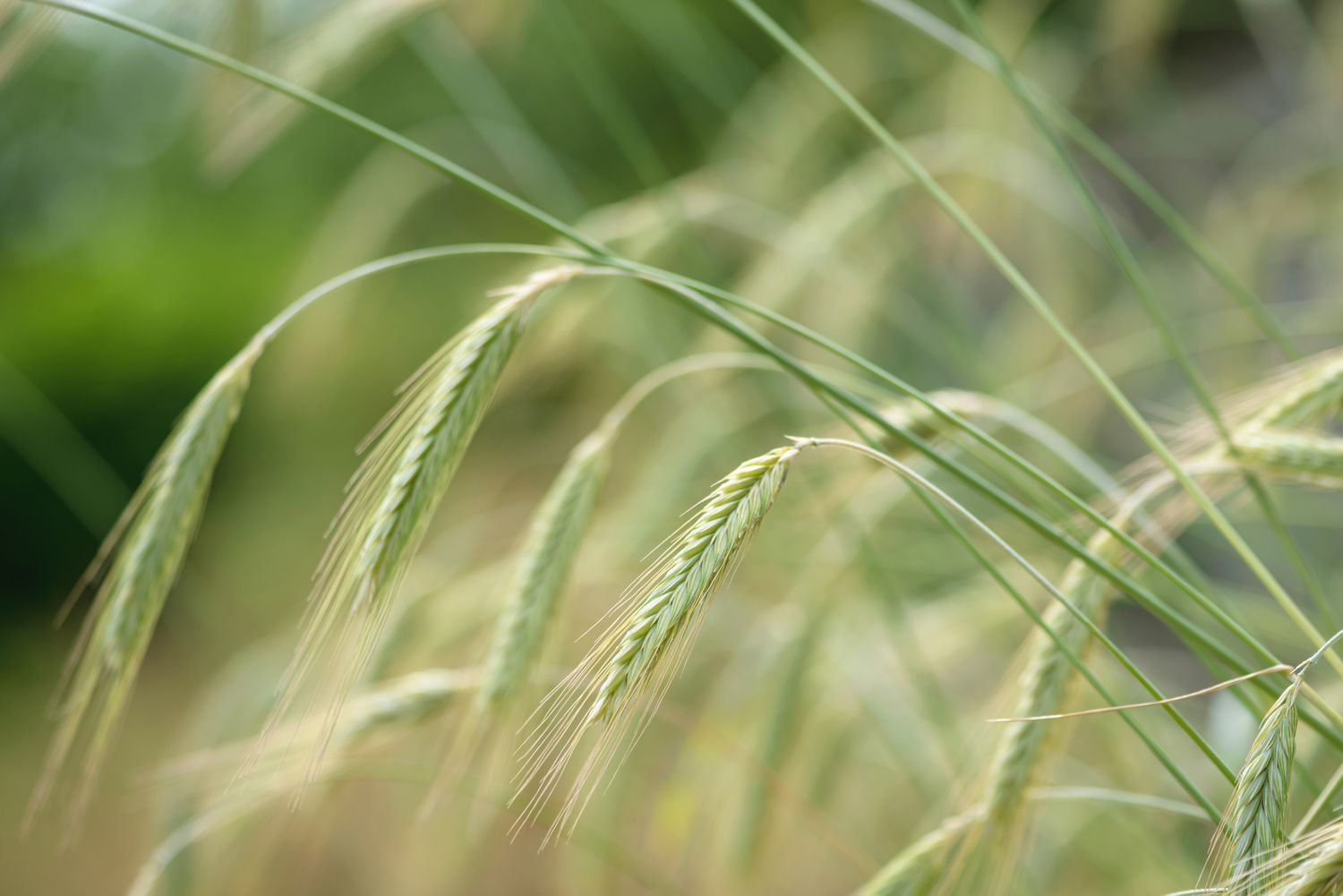
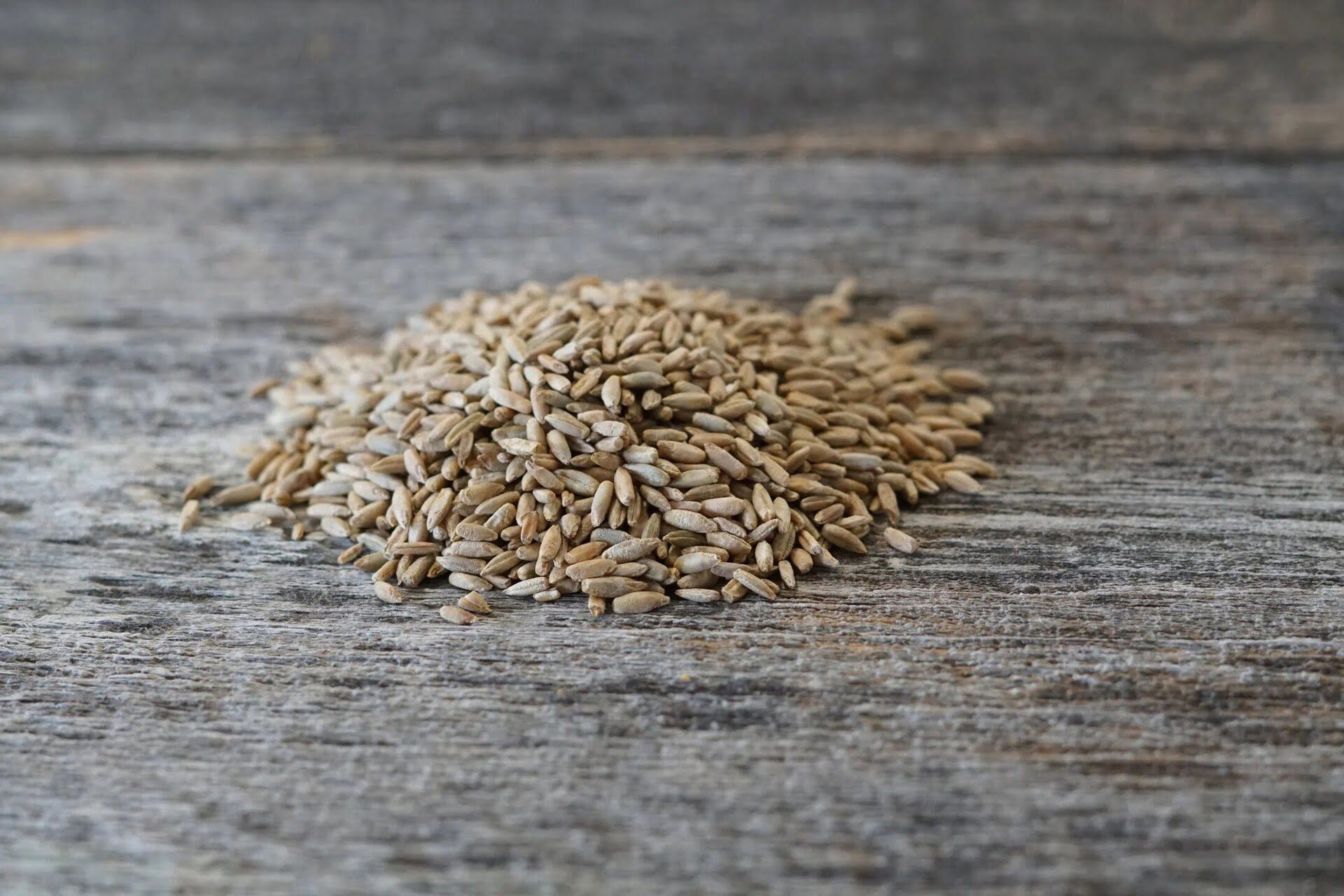
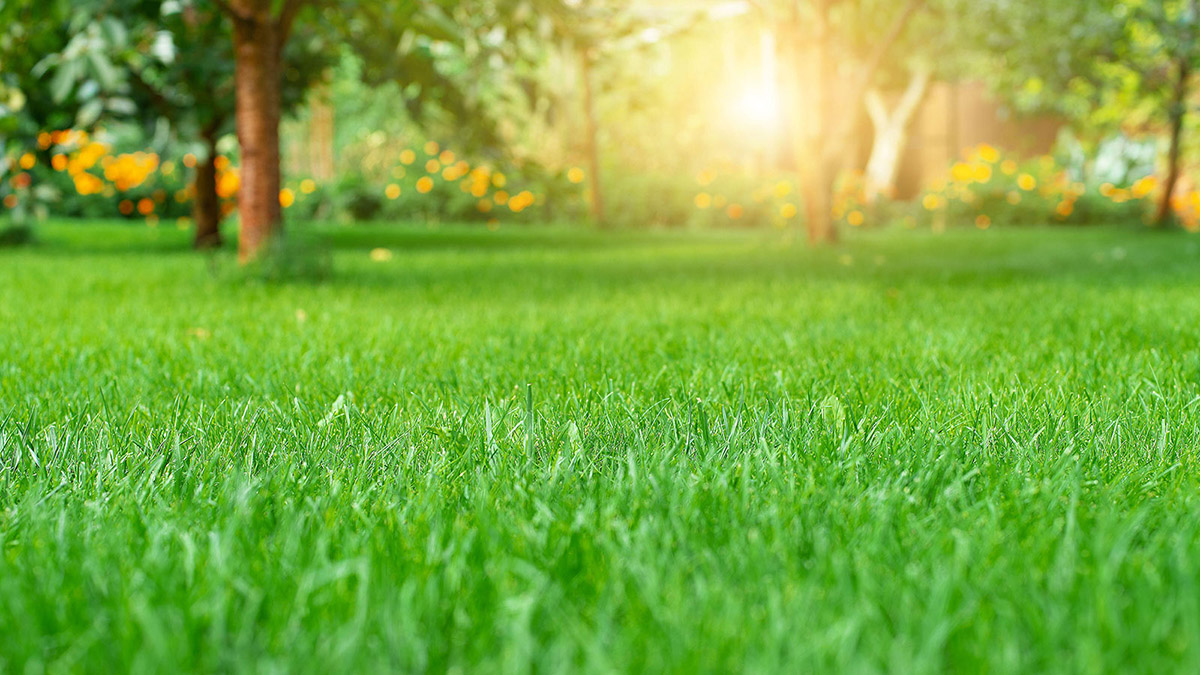
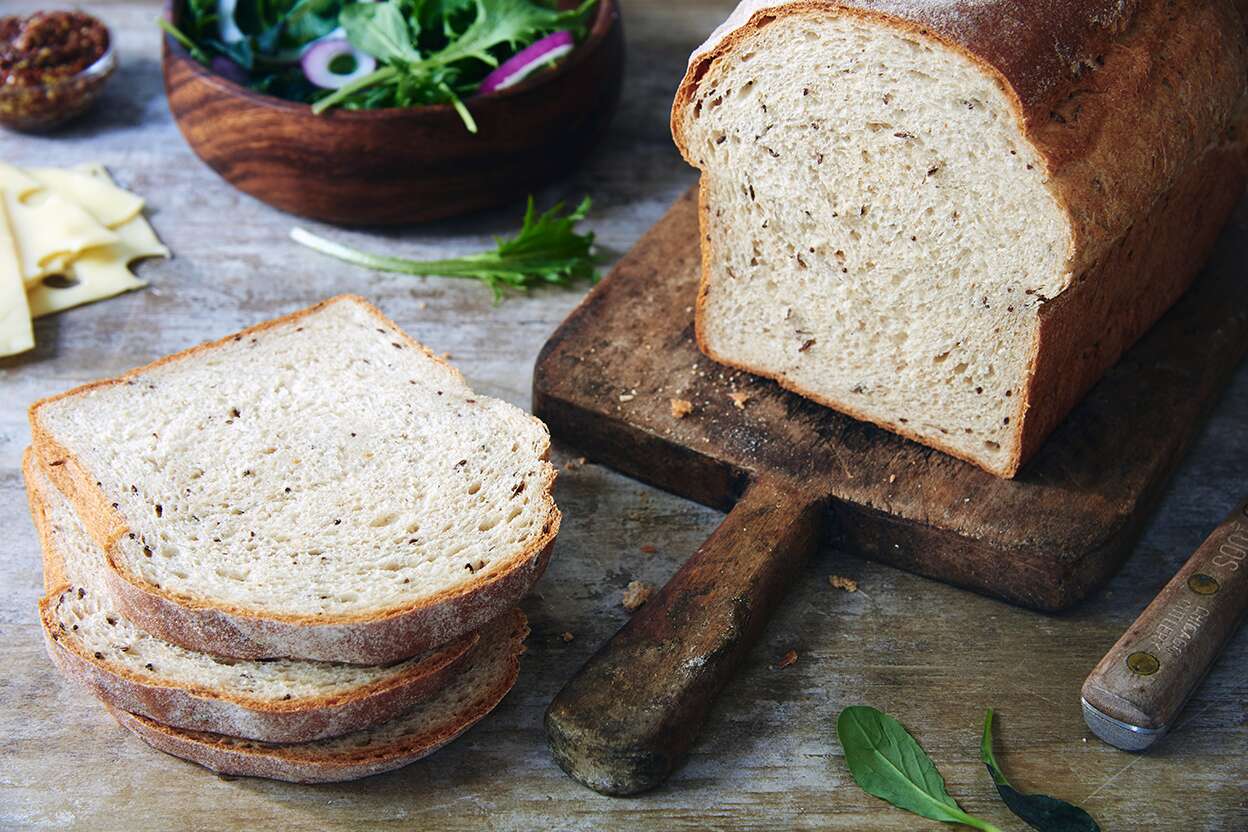
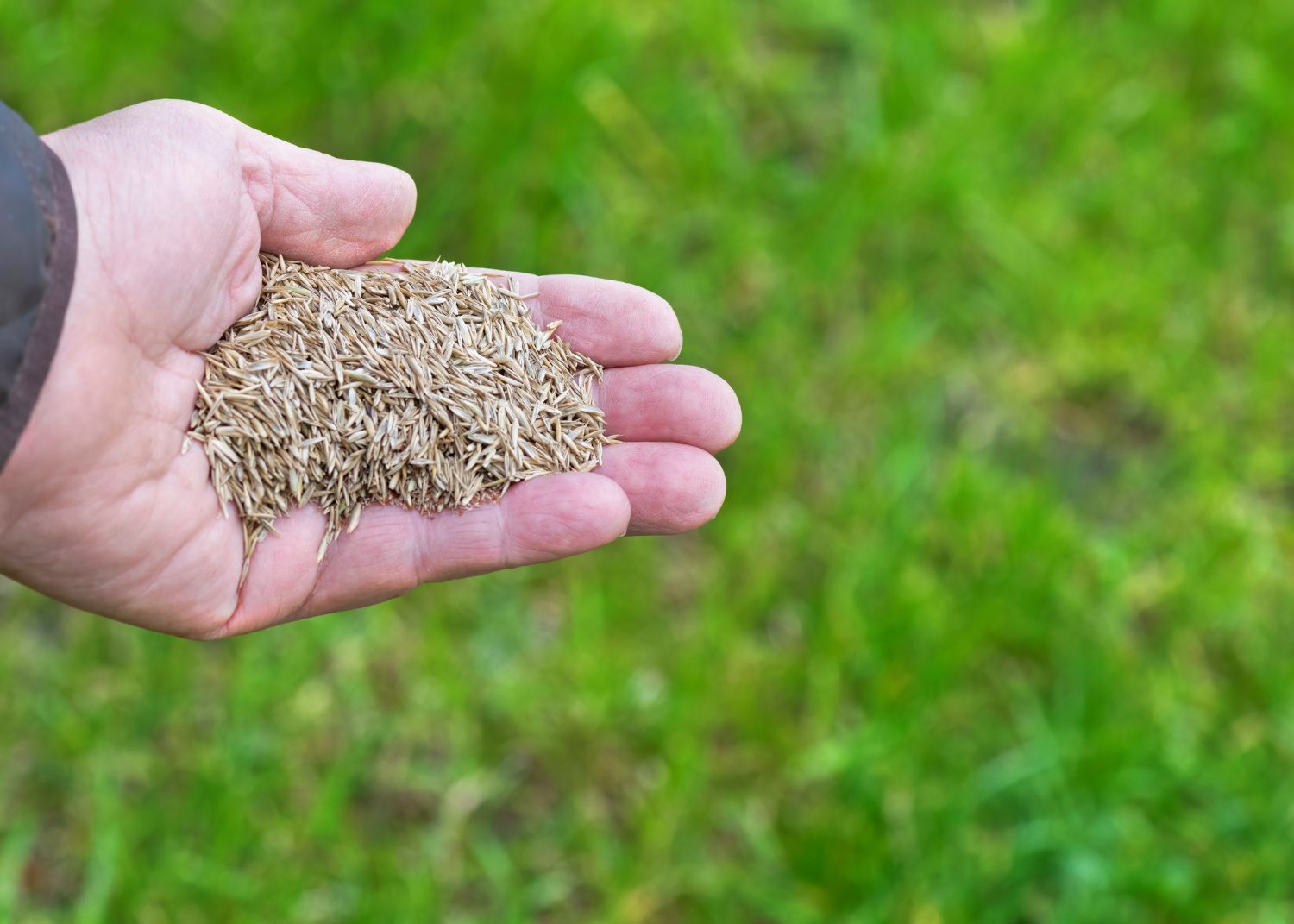
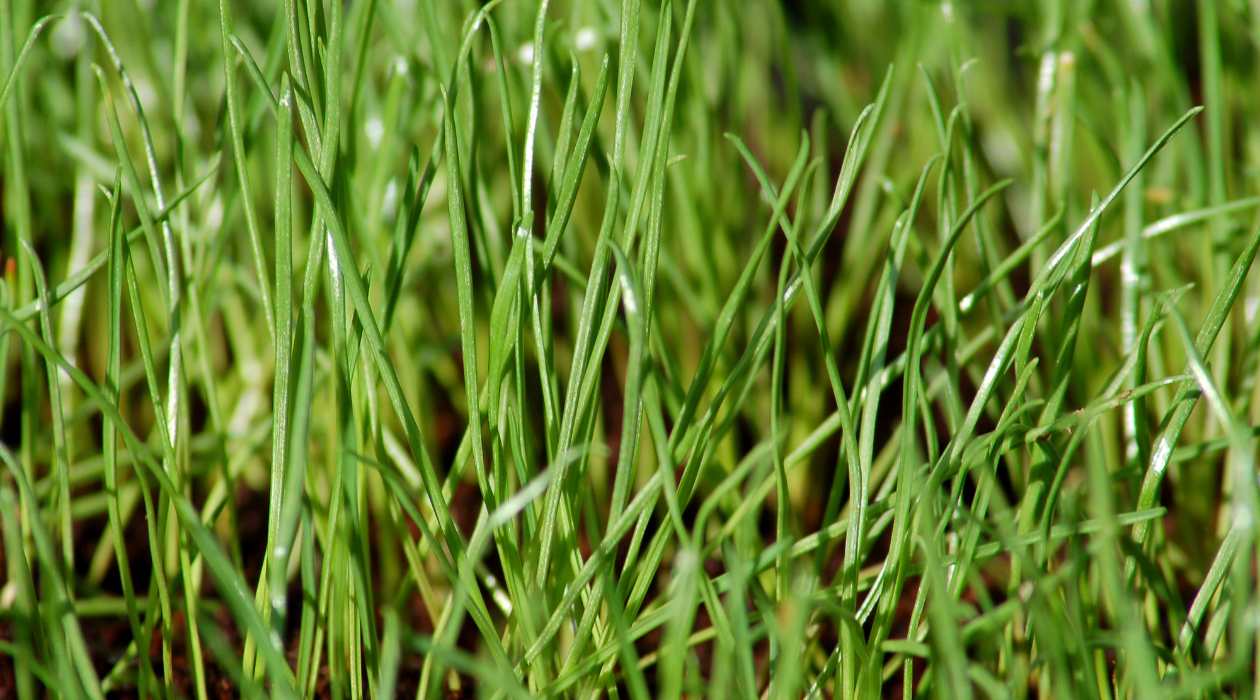
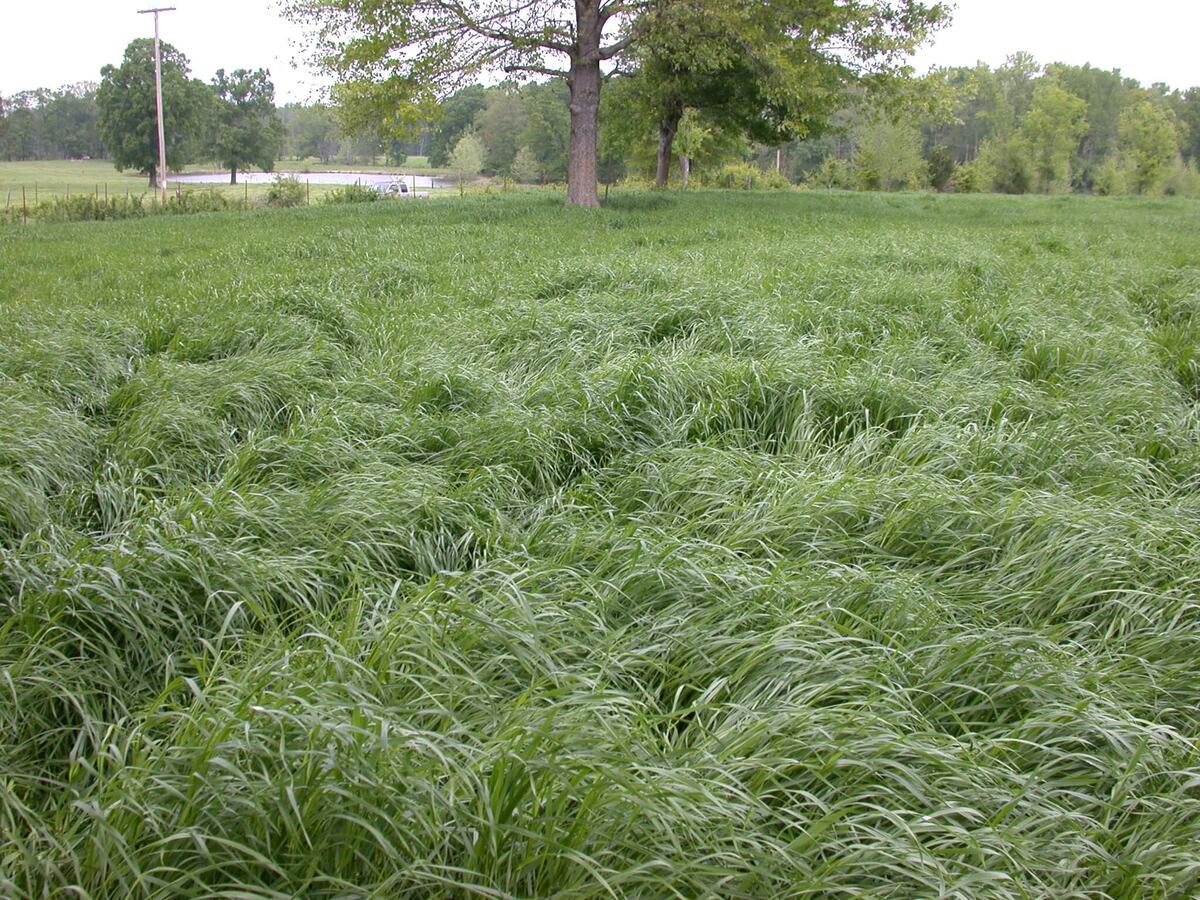
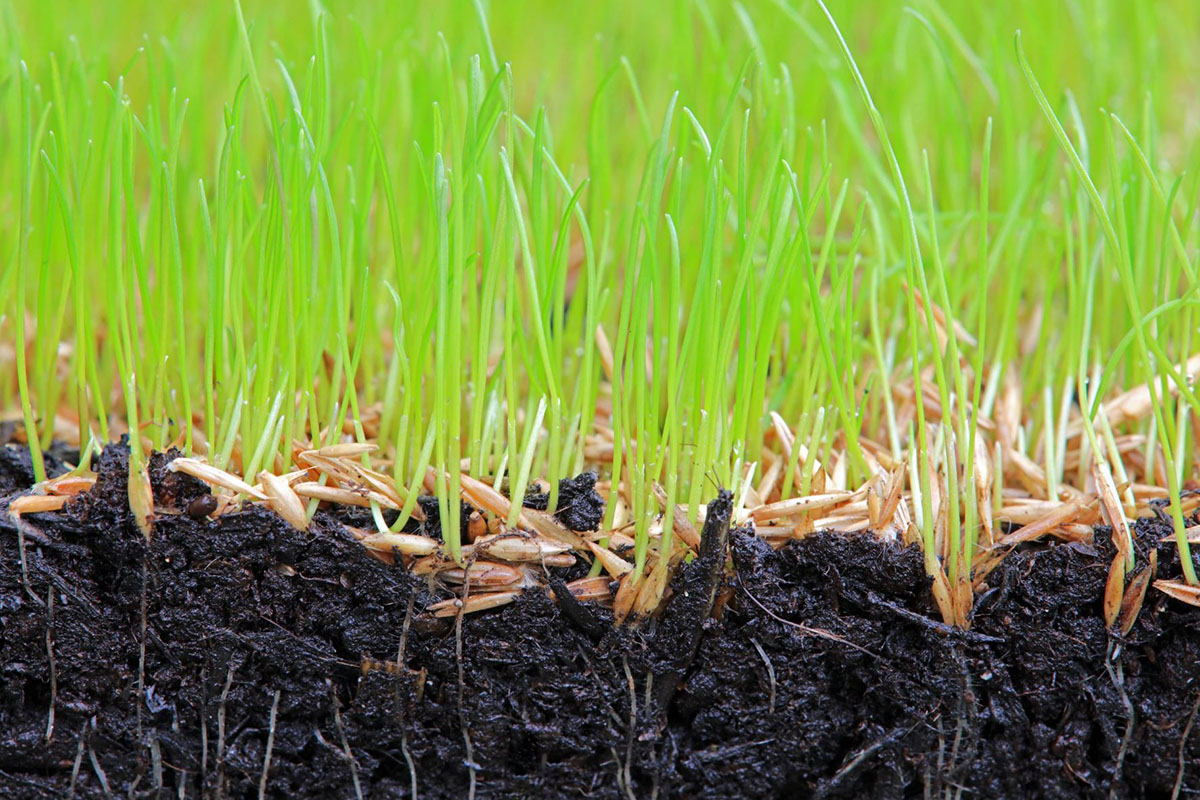
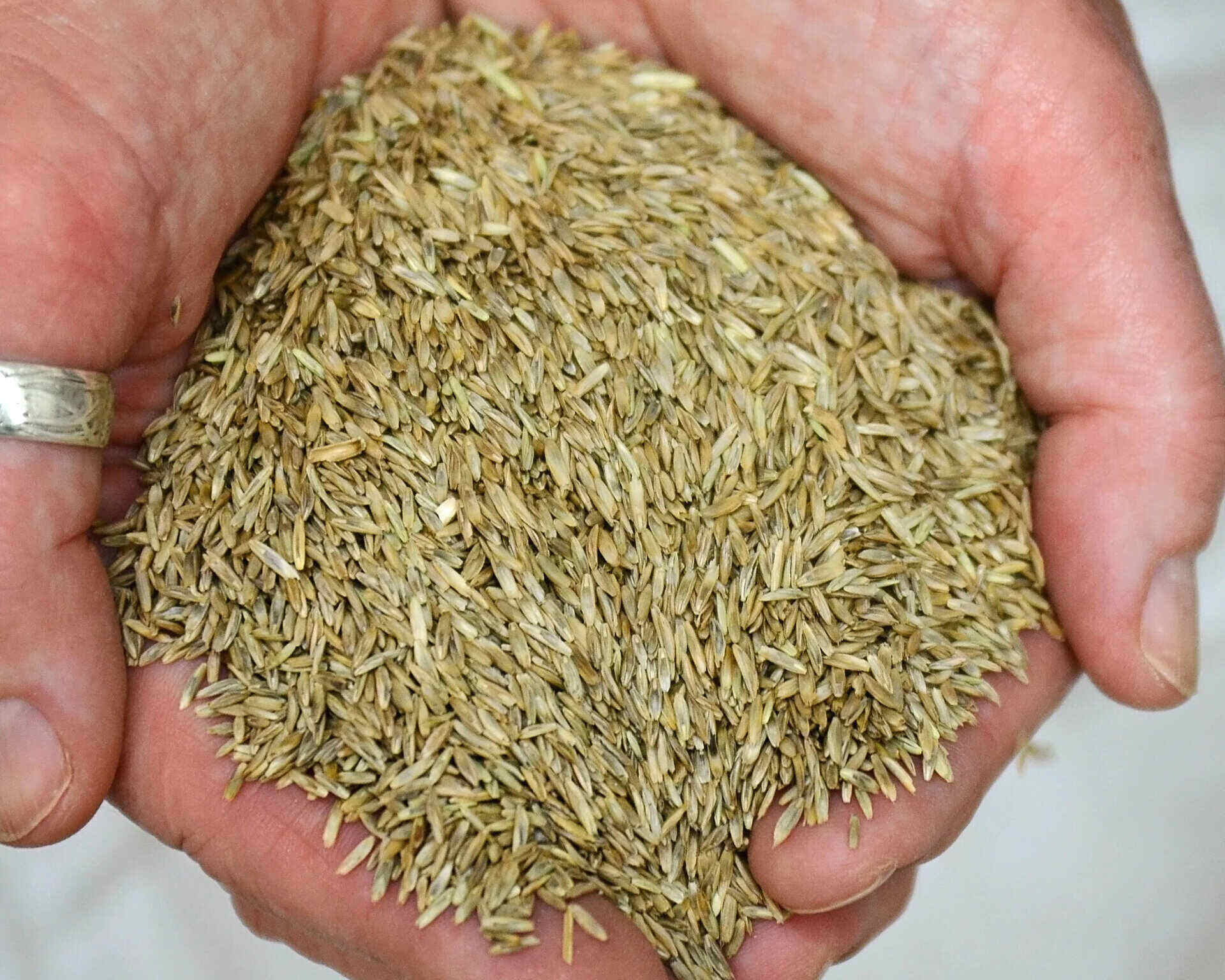
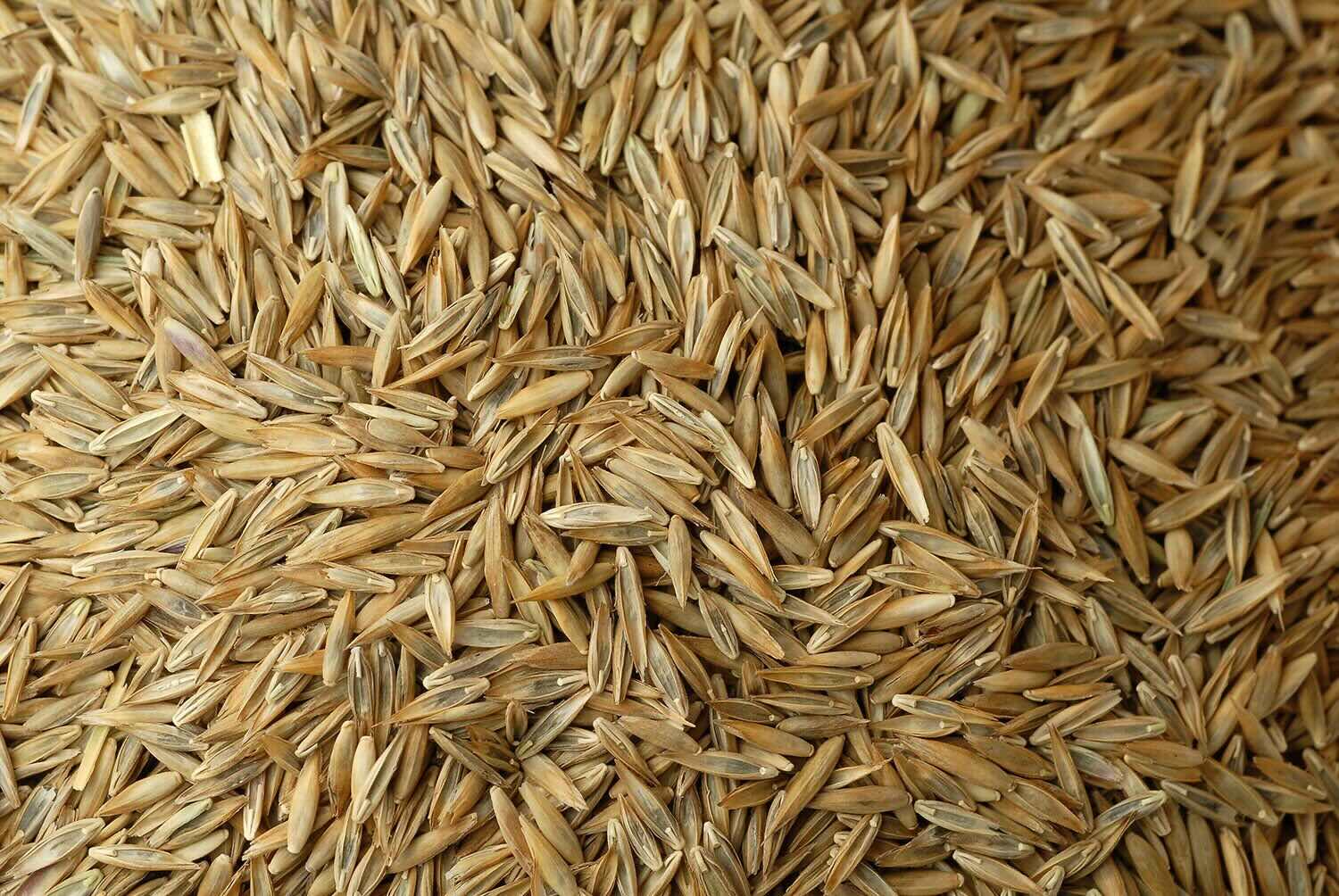
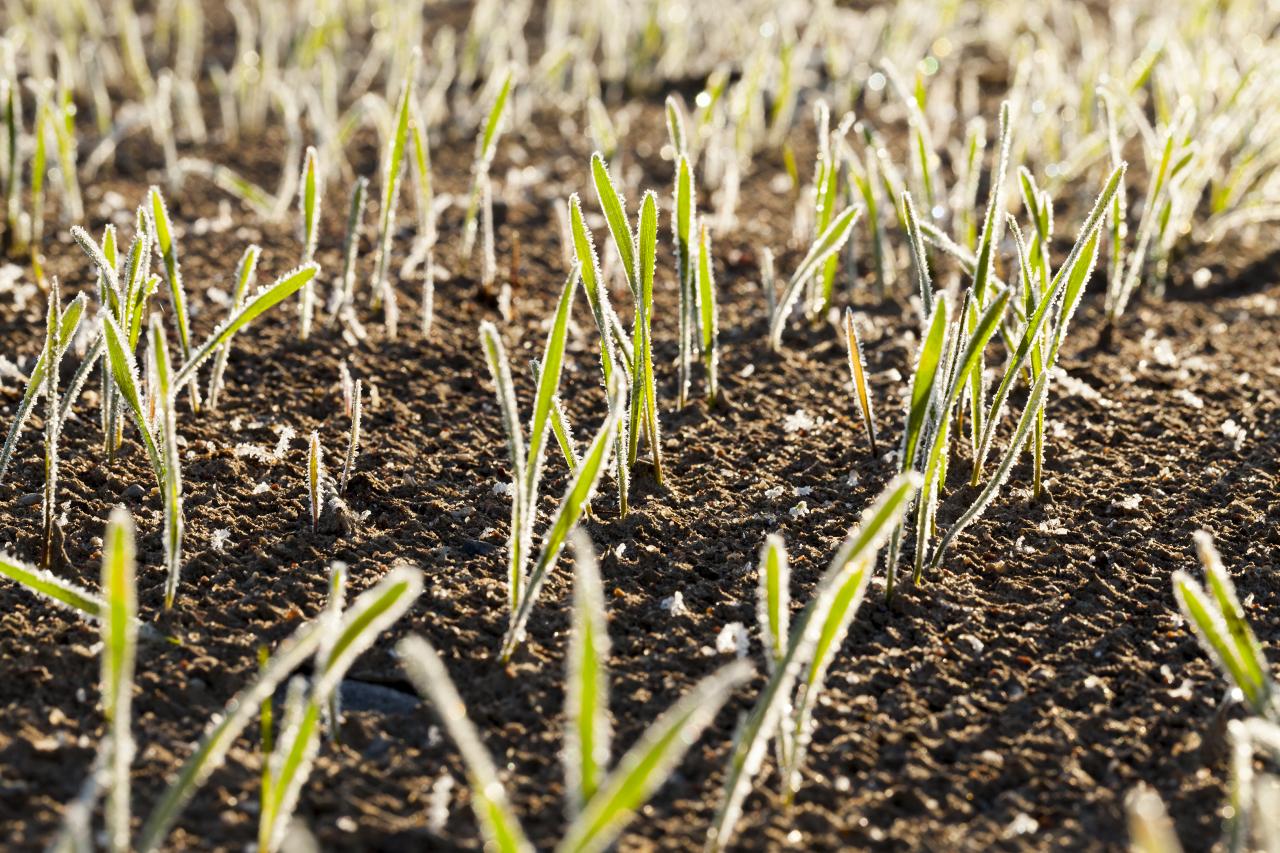
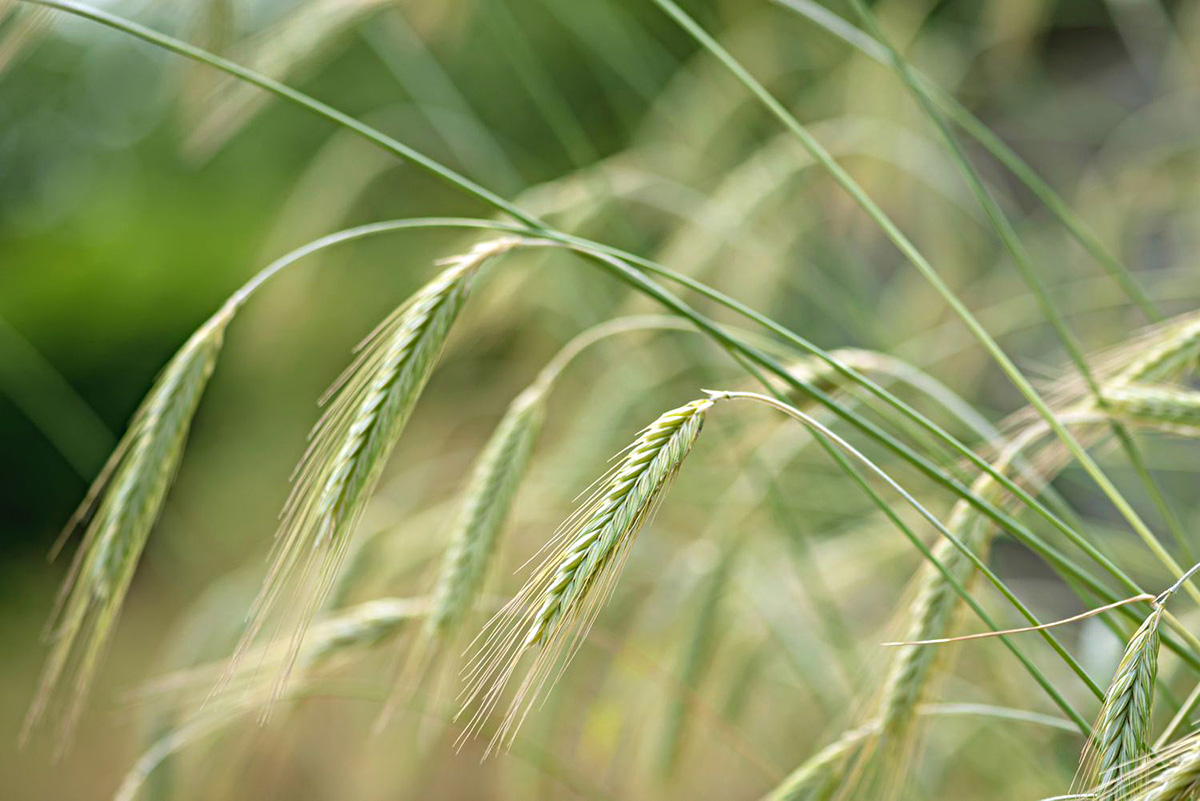
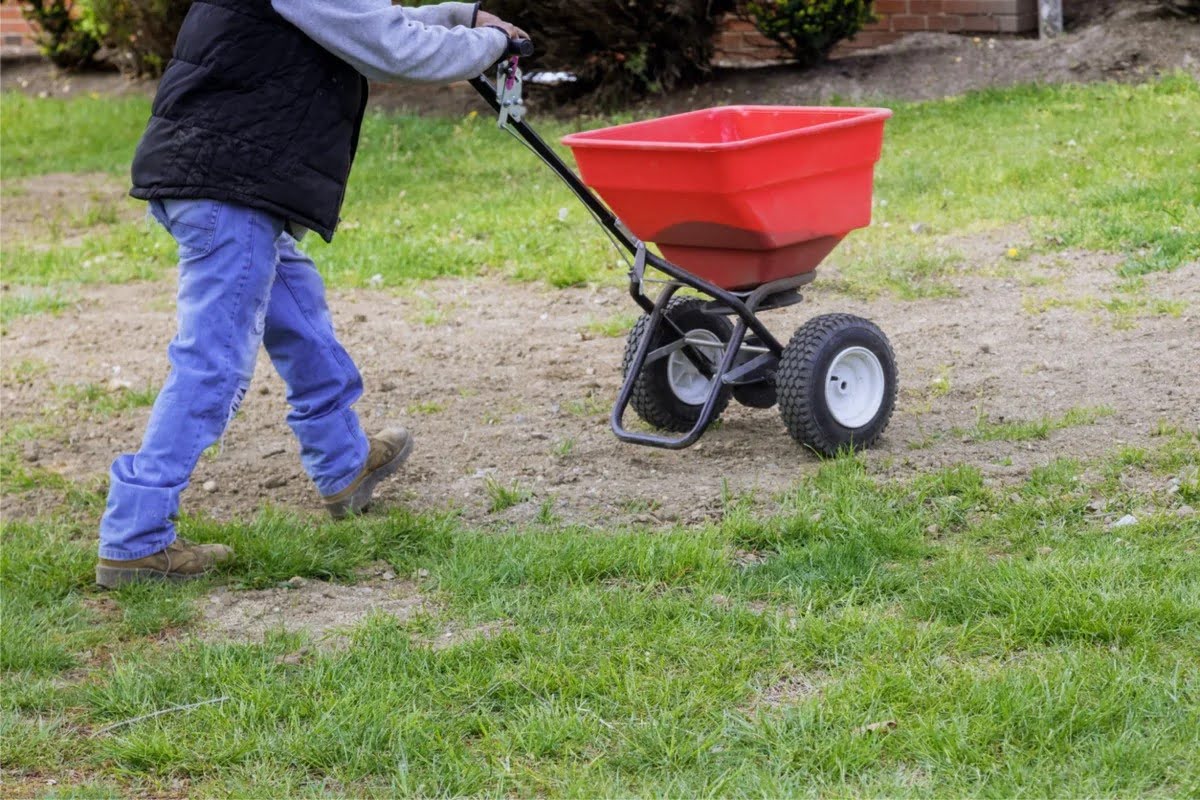
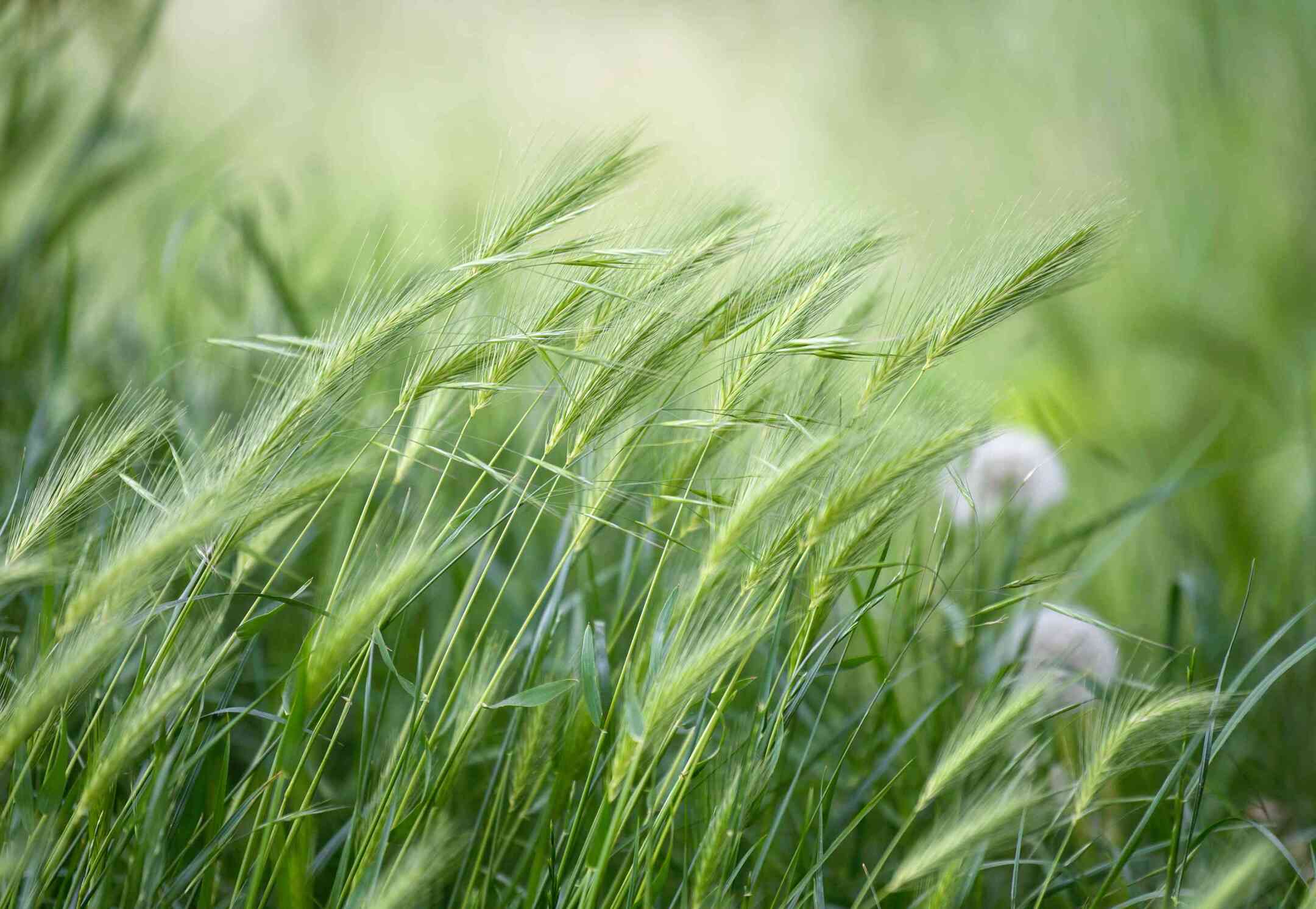

0 thoughts on “When To Use Rye Grass Seed”